What makes fashion and art such good bedfellows?
There has always been a symbiosis between fashion and the art world. Here, we look at what makes the relationship such a successful one
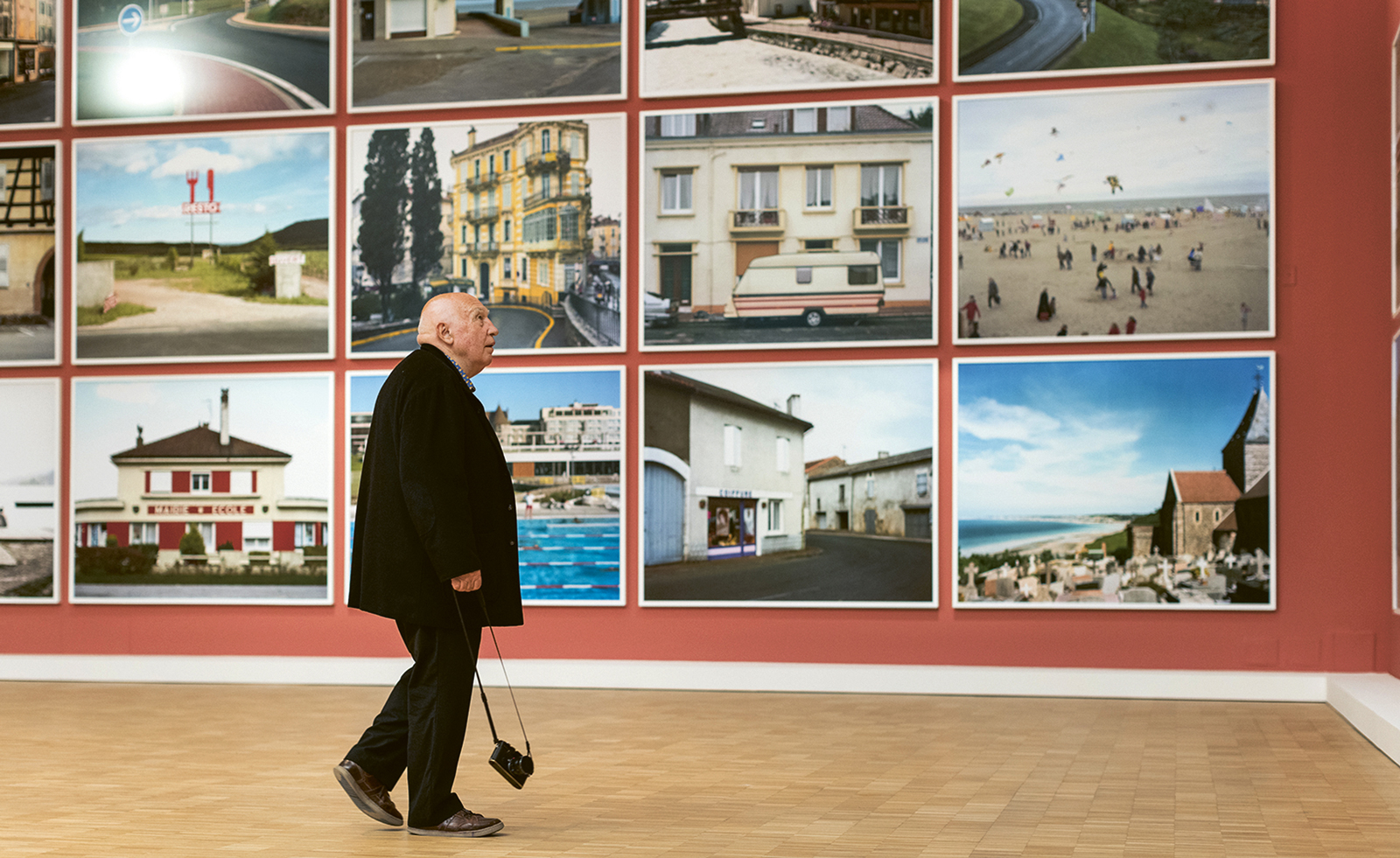
Creative businesses have often supported each other in our modern era, but 2024 saw fashion houses step into the art world in a more dedicated way than in the past. While there have been long-standing arts prizes from Max Mara (its Art Prize for Women, most recently awarded to Dominque White) and Loewe (whose 2024 Craft Prize went to Mexican ceramic artist Andrés Anza), we saw brands such as Chanel, Bottega Veneta, Dior and Burberry take on high-profile roles at the 2024 Venice Biennale, from sponsorship to events. There has always been a symbiosis between fashion and the art world, but the presence was undeniably stronger, and the results were undeniably successful, which leads me to ask – just why do fashion and art make such good bedfellows?
In my years of art writing, I have seen art centres grow and fade away, the rhythm of international politics combining with local changes drawing attention to movements, moments and spaces. And in 2024, the city everyone was talking about in terms of contemporary art was Paris.
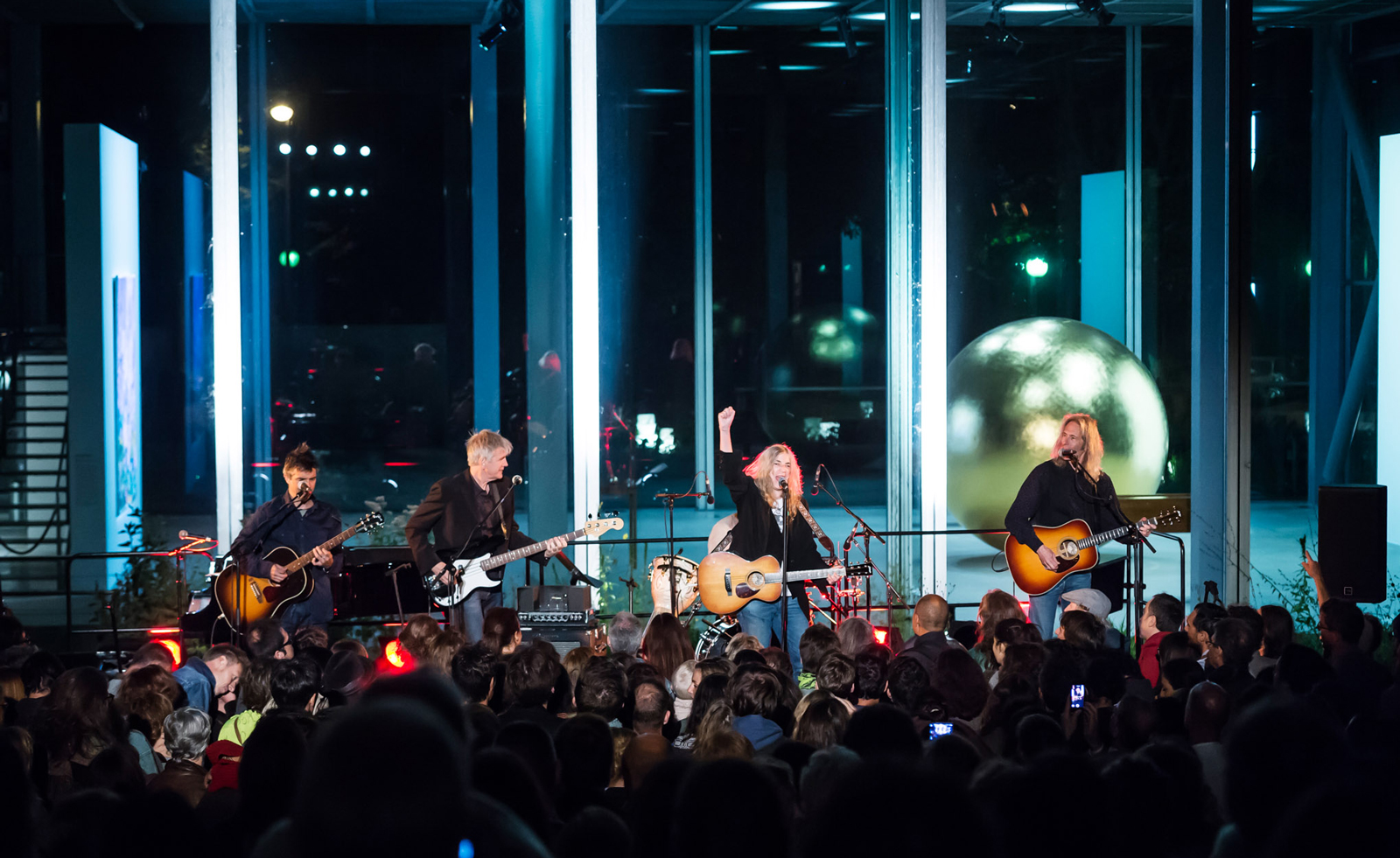
Patti Smith and John Cale in Nomadic Night concert at Fondation Cartier, 10 September 2014
The city’s shift to a hub of contemporary art was a slow and deliberate one, executed not only by its policy makers but also by its world famous creative commercial industries. Today, it is host to Art Basel Paris and home to two contemporary art museums powered by the heads of luxury goods houses, Bernard Arnault of LVMH has Fondation Louis Vuitton, and François Pinault has the Bourse de Commerce – Pinault Collection. Plus, there is the unique ‘kunsthalle’-style space, Lafayette Anticipations, a platform of Galeries Lafayette, complementing an increasing number of international galleries. The Parisian contemporary art world owes its success to its government’s support, its curators and its artists. But also to its savvy relationship with fashion houses.
This relationship goes back to Paris’ last contemporary art heyday, the Realist period. It was then that Maison Guerlian, beauty pioneer and keen promoter of the arts, lent support to the poet Charles Baudelaire, and the brand has been faithful to these values ever since.
‘It’s definitely more complex than a simple alignment of values or intentions,’ explains Ann Caroline Prazan, Guerlain Direction Art, Culture and Patrimony. ‘We engage in a constant dialogue that allows art to flourish in unique and meaningful ways, creating a space where exceptional pieces can come to life. Each collaboration becomes a significant chapter in the artist’s journey, like a fleeting but luminous moment – a shooting star that leaves a lasting impression. This balance of creative freedom and mutual respect is what makes Guerlain such a distinctive partner for the arts.’
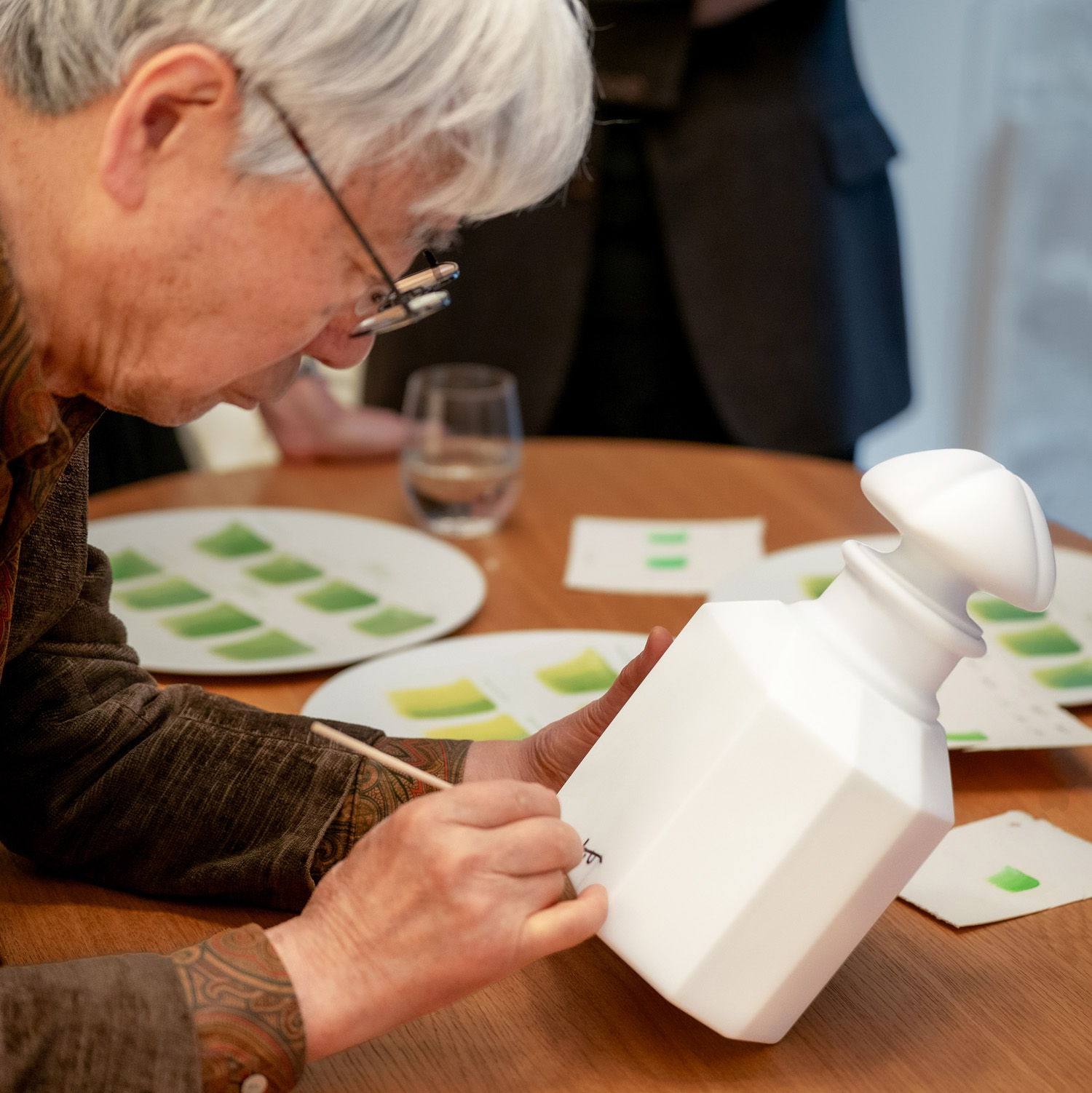
South Korean artist Lee Ufan works on his perfume bottle for Guerlain
In today’s cultural landscape, few things translate as well as authenticity, and the affiliations and relationships that support an ethos dating back to a house’s inception are worth their weight in gold. With this in mind, brands are keen to employ artists and designers who are a natural fit. Celine has a collection of commissioned works by artists including Elaine Cameron-Weir and Maia Ruth Lee, and Rimowa has staged special projects with artists such as Ptolemy Mann and Daniel Arsham. Such projects are not only impressive, but are important markers of support for the arts.
Turning an eye to Milan – where blue-chip gallery Thaddaeus Ropac has just announced an outpost – locally headquartered Miu Miu is behind the Women’s Tales project that foregrounds women filmmakers. Fendi, meanwhile, funded the restoration of Rome’s Trevi Fountain in 2017, resulting in one of the most stunning catwalk stagings of all time as models appeared to ‘walk on water’.
Wallpaper* Newsletter
Receive our daily digest of inspiration, escapism and design stories from around the world direct to your inbox.
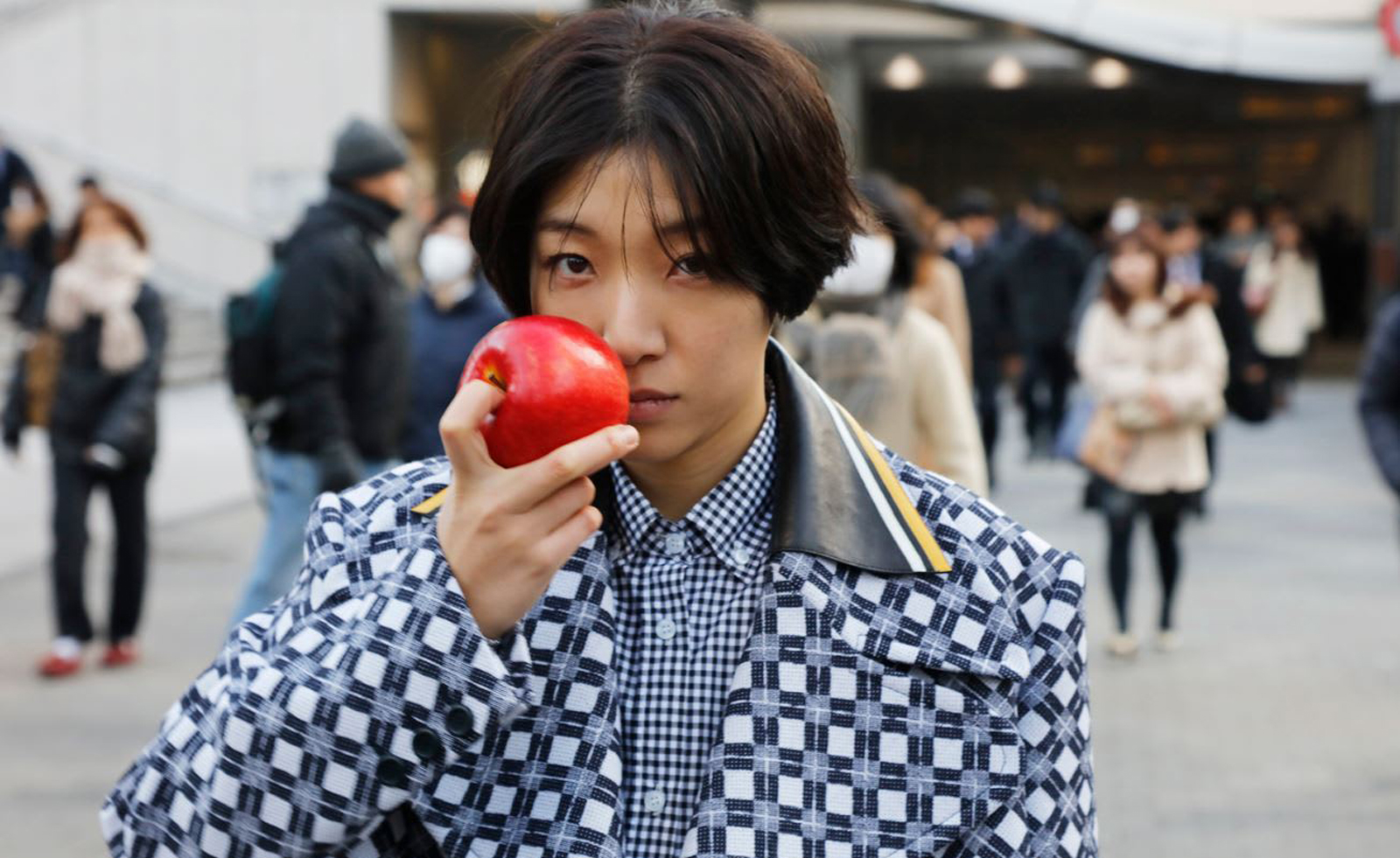
A still from Miu Miu's Women's Tales project, as show at Art Basel Paris 2024
‘Cinema has been a long-time passion and has also been an important backbone of my education,’ says Mrs Prada. ‘With the Tales we created a platform for talented directors: through their gaze, we have opened a conversation on the world of femininity and vanity and what it means today. A conversation with women about women.’
Miu Miu’s support of the art world ranges from its casting of visual artists, actors and thinkers in its catwalk shows to the commissioning of artists to design the shows themselves. The brand's partnership with Art Basel Paris in 2024 saw artist Goshka Macuga stage the interactive exhibition Tales and Tellers. It opened the project up to the art world and the Miu Miu community. In April 2024, Miu Miu also staged a ‘literary club’, a two-day event dedicated to rediscovering ‘forgotten’ female writers that served as a cultural cross-pollination and drew crowds.
Fashion can make a truly great partner for the art world, with the natural alignment of luxury universes, but each also offers something the other can struggle to access. The art world may falter in sustaining its artists financially, but it does offer an abundance of creative freedom.
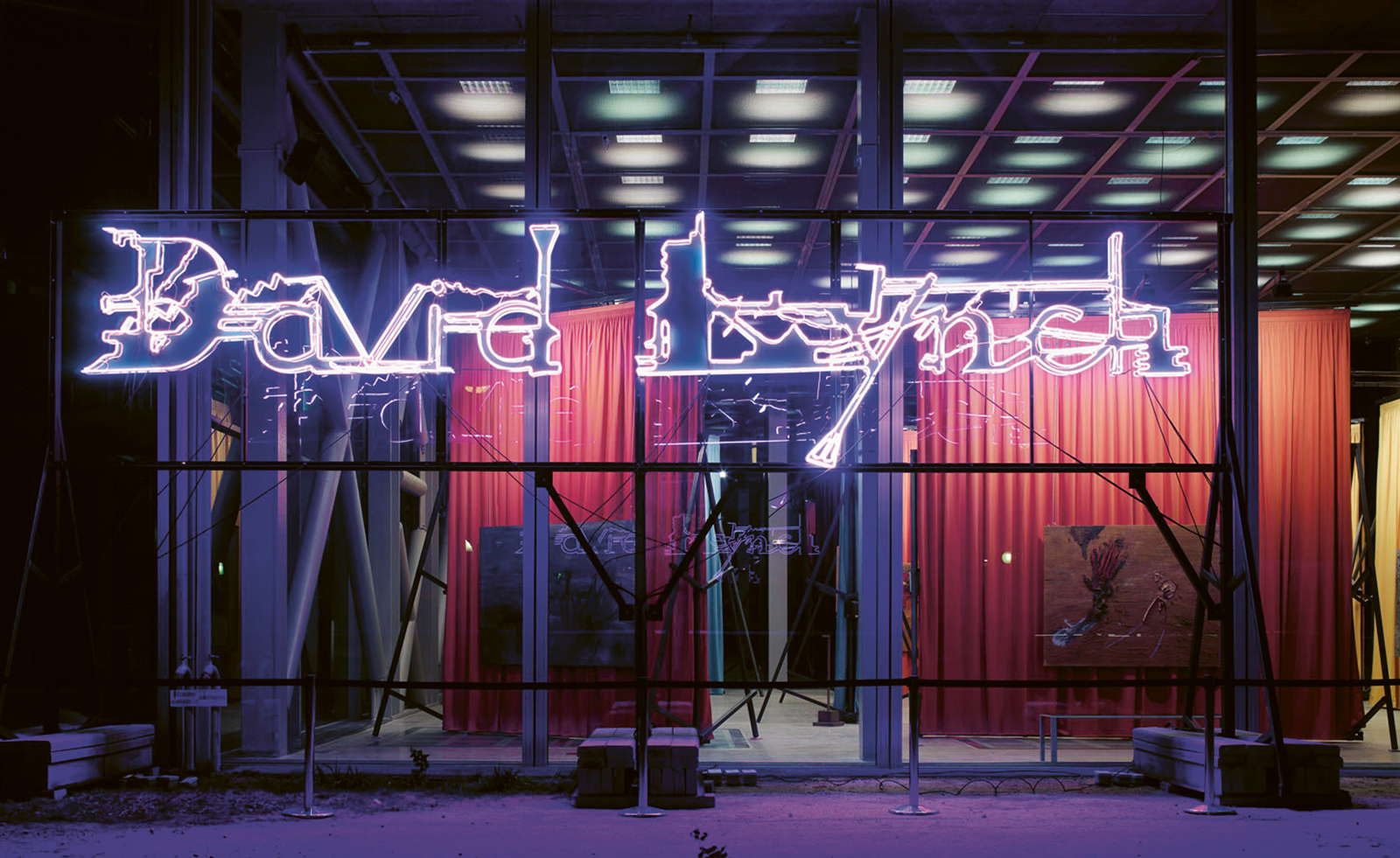
View of the exhibition ‘David Lynch, The Air is on Fire’, 2007, at Fondation Cartier
Fondation Cartier pour l’art contemporain celebrated its 40th anniversary last year, and revealed plans for a new large public venue on Place du Palais Royal in the centre of Paris. Installed in the windows of the building, yet to open, is a showcase of the foundation's artist collaborations. Putting works from artists including Agnès Varda, Claudia Andujar and Ron Mueck front and centre shows us not only the success of the Cartier brand but also that it has not forgotten the roots of creativity that it grew from.
Our so-called ‘creative industries’, including the film and music businesses, theatreland, the fashion industry and the art world, bring in huge amounts of revenue but oddly – in my opinion – can be viewed as sitting in opposition to the mainstream. Ultimately, however you look at it, creativity supporting creativity is a natural fit, and looking towards Europe from the UK, I think we could take a leaf or two out of their book.
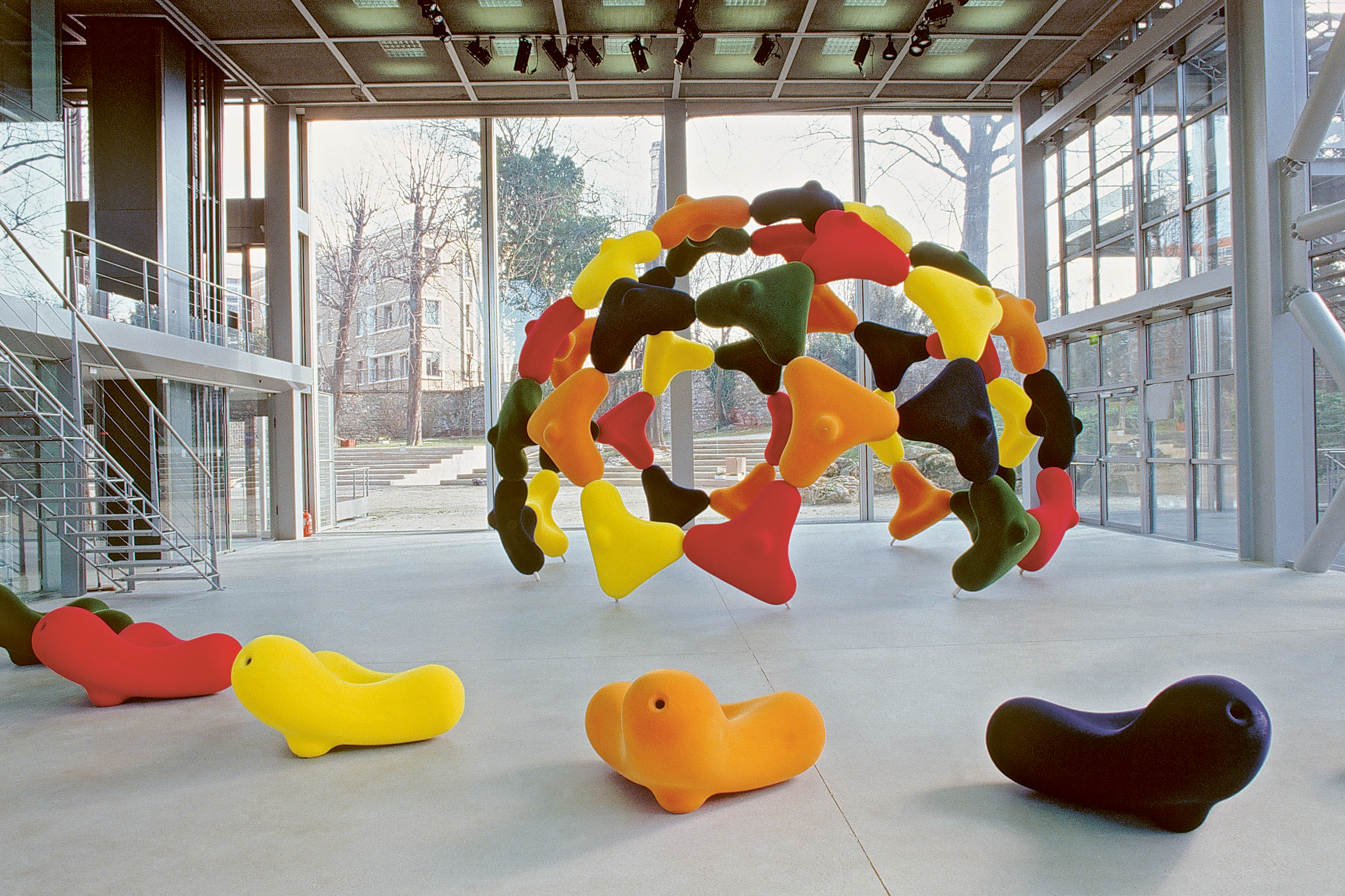
View from Marc Newson's 1995 exhibition, ‘Bucky, from Chemistry to Design’, at Fondation Cartier
Amah-Rose Abrams is a British writer, editor and broadcaster covering arts and culture based in London. In her decade plus career she has covered and broken arts stories all over the world and has interviewed artists including Marina Abramovic, Nan Goldin, Ai Weiwei, Lubaina Himid and Herzog & de Meuron. She has also worked in content strategy and production.
-
 Wallpaper* checks in at Rosewood Miyakojima: ‘Japan, but not as most people know it’
Wallpaper* checks in at Rosewood Miyakojima: ‘Japan, but not as most people know it’Rosewood Miyakojima offers a smooth balance of intuitive Japanese ‘omotenashi’ fused with Rosewood’s luxury edge
-
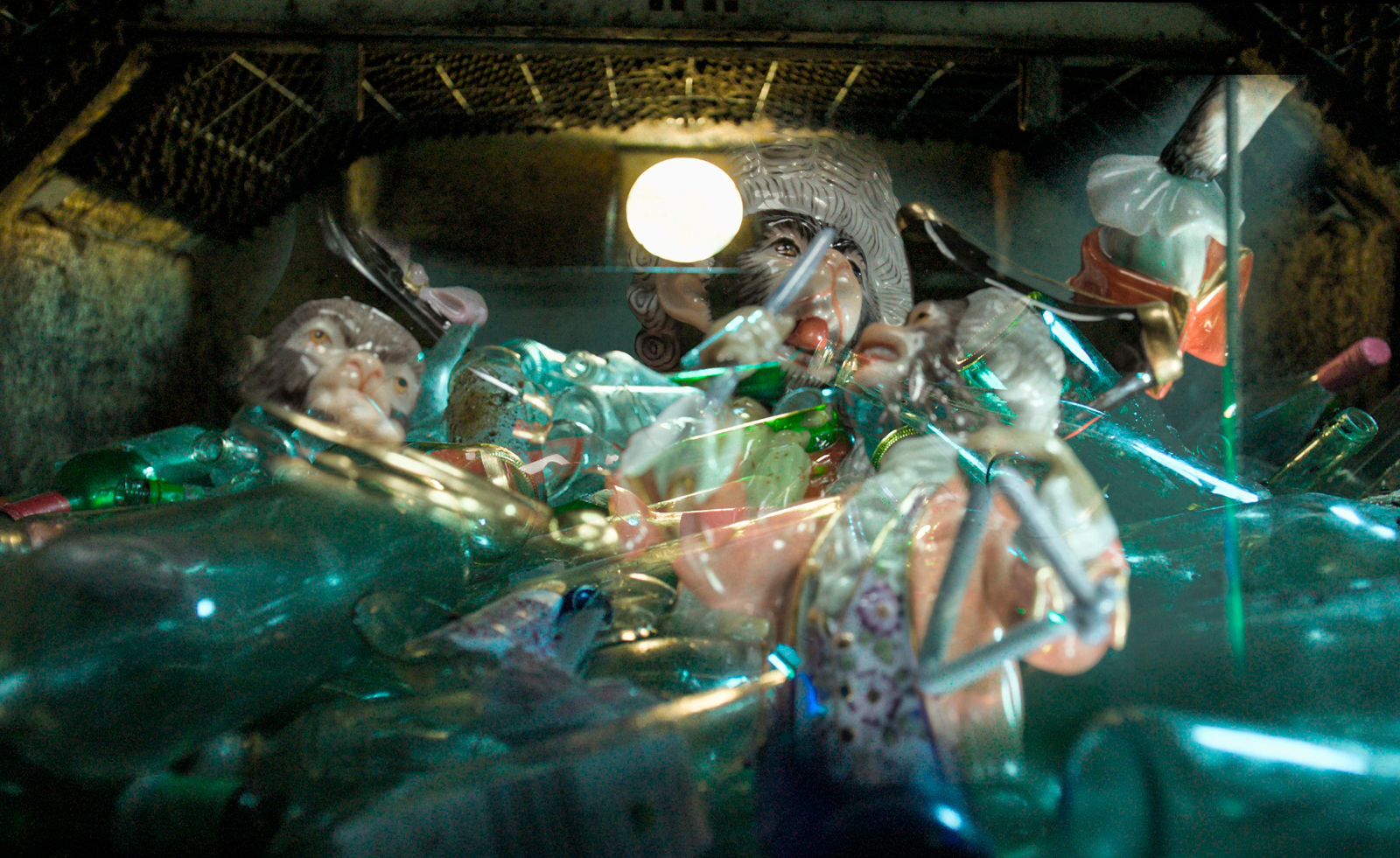 Thrilling, demanding, grotesque and theatrical: what to see at Berlin Gallery Weekend
Thrilling, demanding, grotesque and theatrical: what to see at Berlin Gallery WeekendBerlin Gallery Weekend is back for 2025, and with over 50 galleries taking part, there's lots to see
-
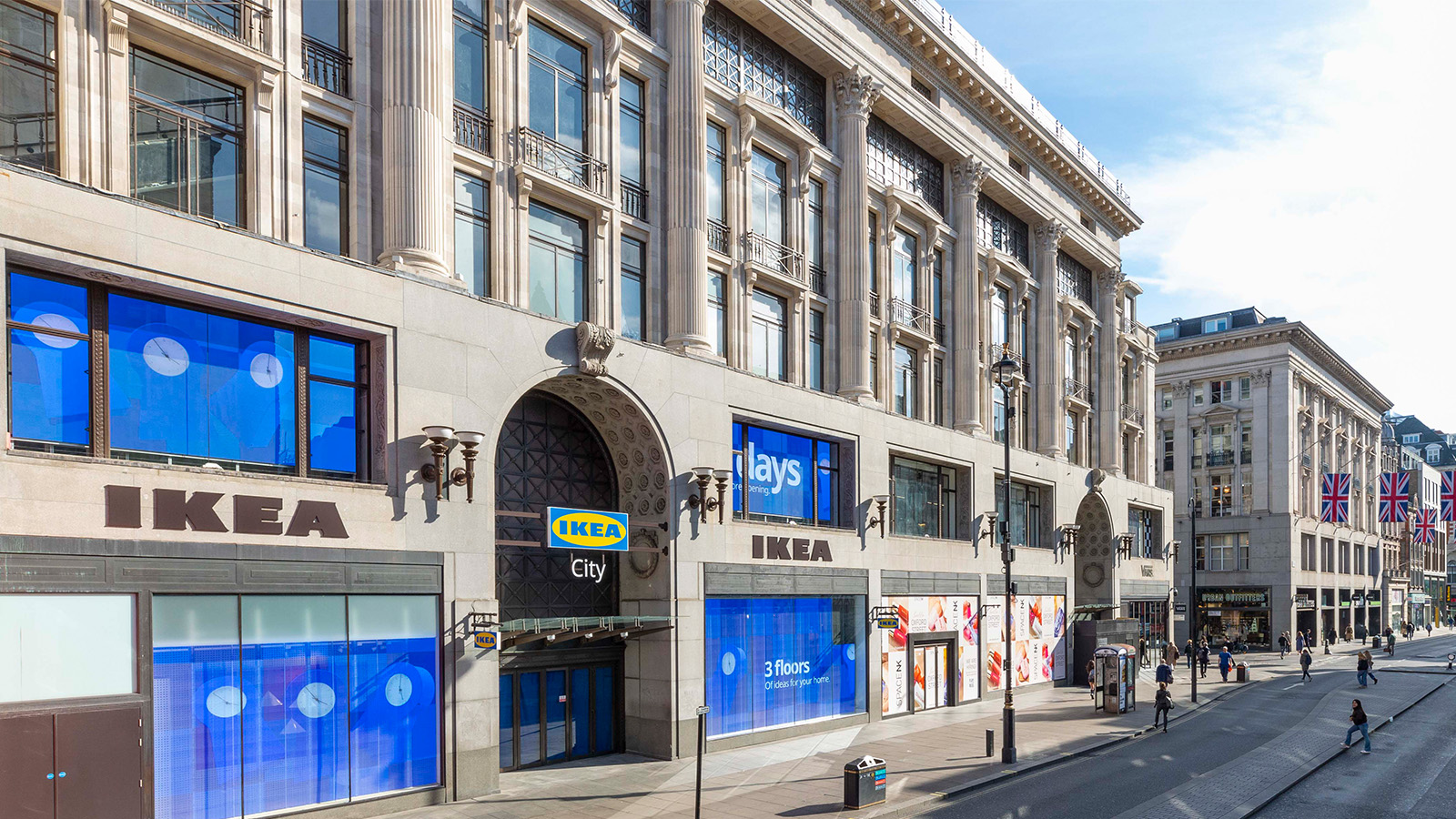 A first look inside the new Oxford Street Ikea. Spoiler: blue bags and meatballs are included
A first look inside the new Oxford Street Ikea. Spoiler: blue bags and meatballs are includedThe new Oxford Street Ikea opens tomorrow (1 May), giving Londoners access to the Swedish furniture brand right in the heart of the city
-
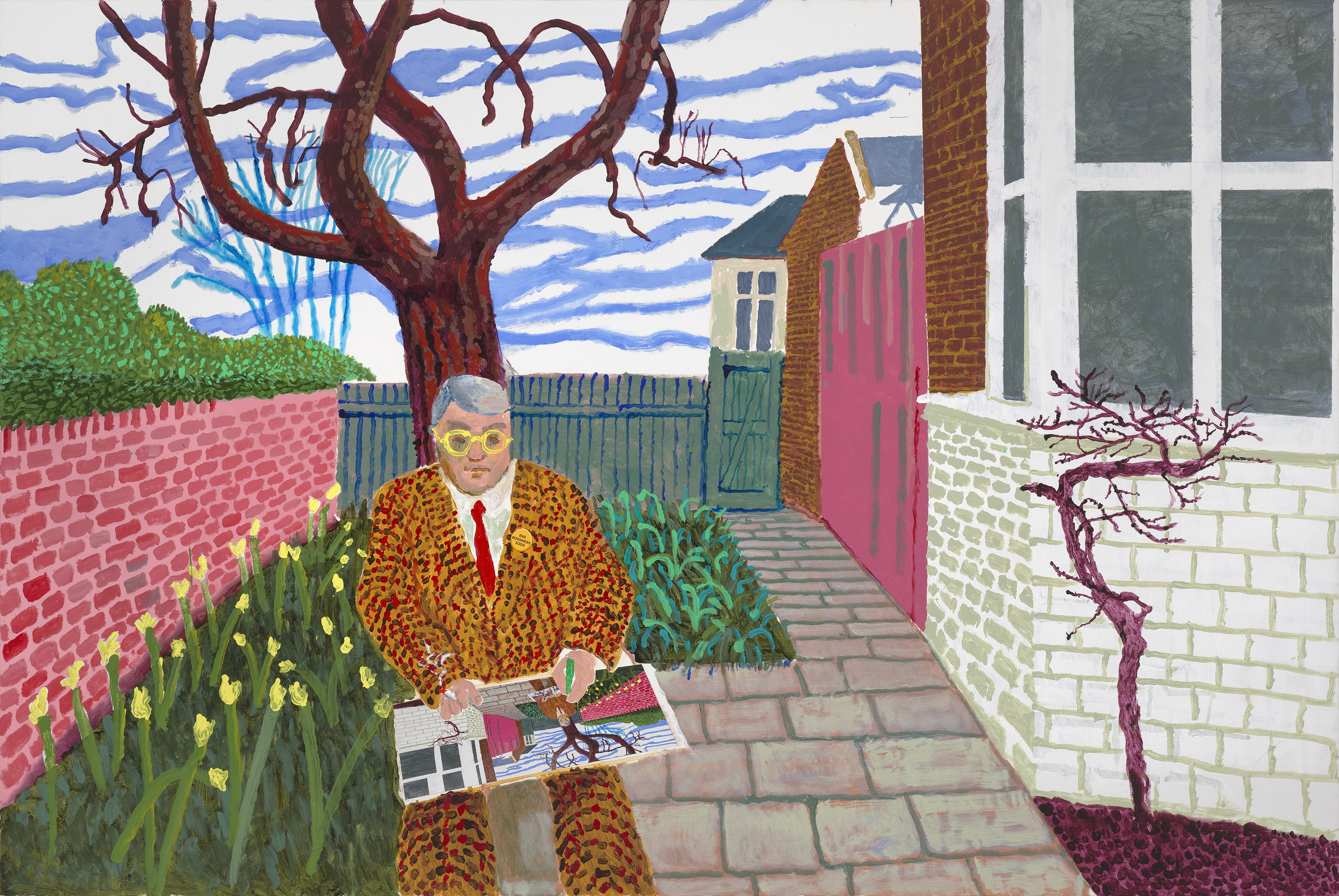 ‘David Hockney 25’: inside the artist’s blockbuster Paris show
‘David Hockney 25’: inside the artist’s blockbuster Paris show‘David Hockney 25’ has opened at Fondation Louis Vuitton in Paris. Wallpaper’s Hannah Silver took a tour of the colossal, colourful show
-
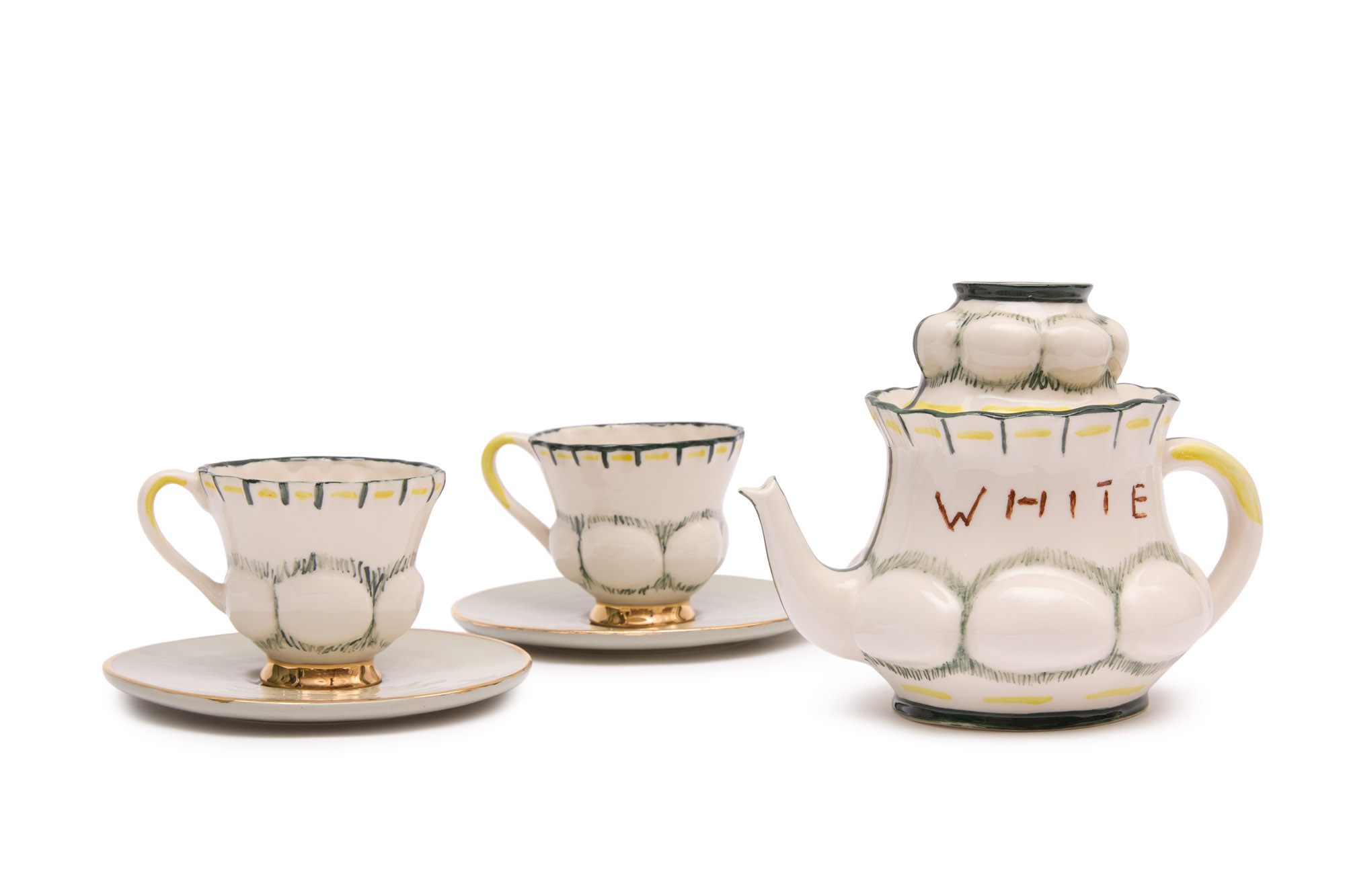 25 artists reimagine the teapot at Milan Design Week 2025
25 artists reimagine the teapot at Milan Design Week 2025Come to Loewe’s cross-cultural tea party: pots of fun in Milan as artists, designers and architects celebrate the universal comfort of tea
-
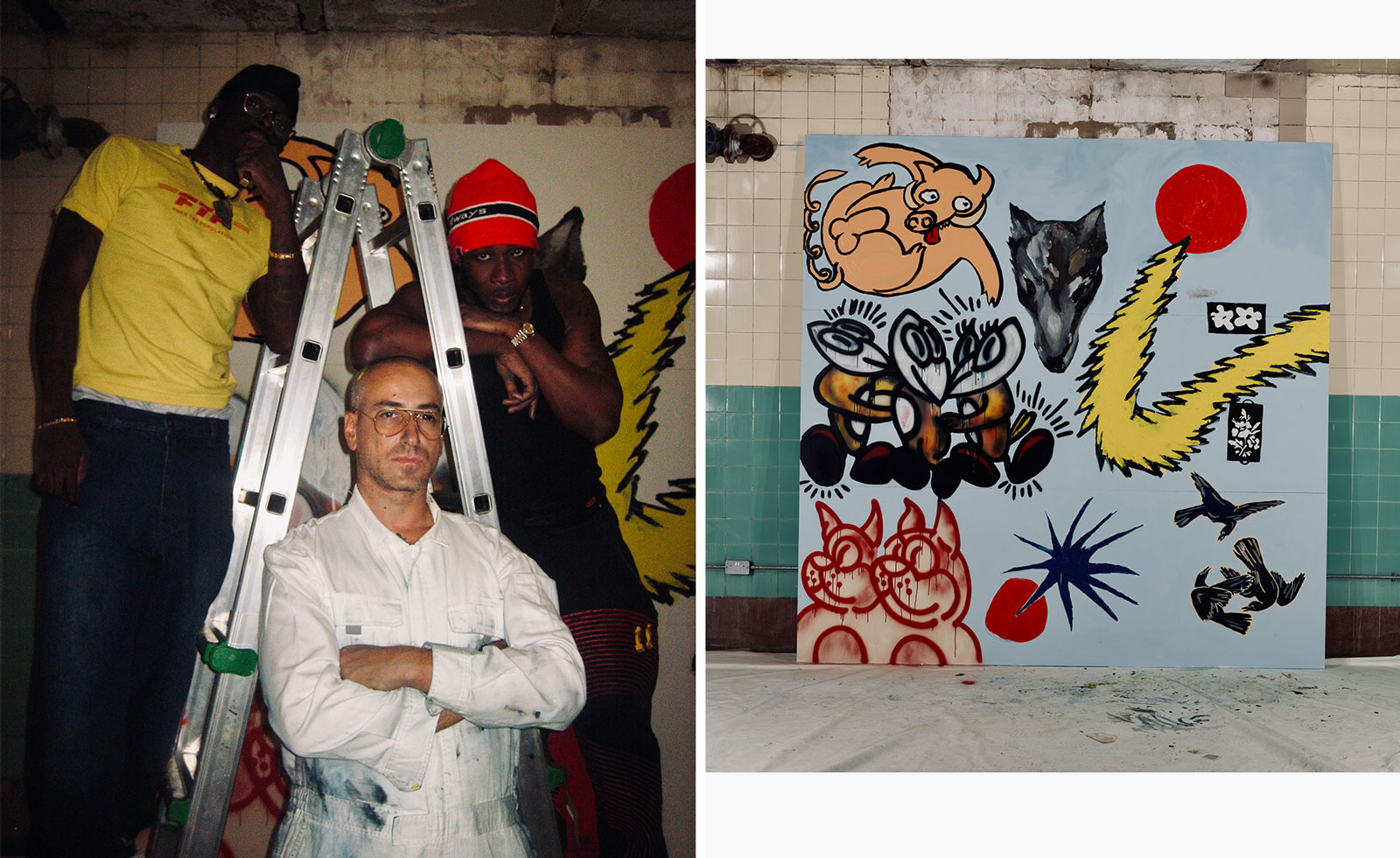 Inside the unexpected collaboration between Marni’s Francesco Risso and artists Slawn and Soldier
Inside the unexpected collaboration between Marni’s Francesco Risso and artists Slawn and SoldierNew exhibition ‘The Pink Sun’ will take place at Francesco Risso’s palazzo in Milan in collaboration with Saatchi Yates, opening after the Marni show today, 26 February
-
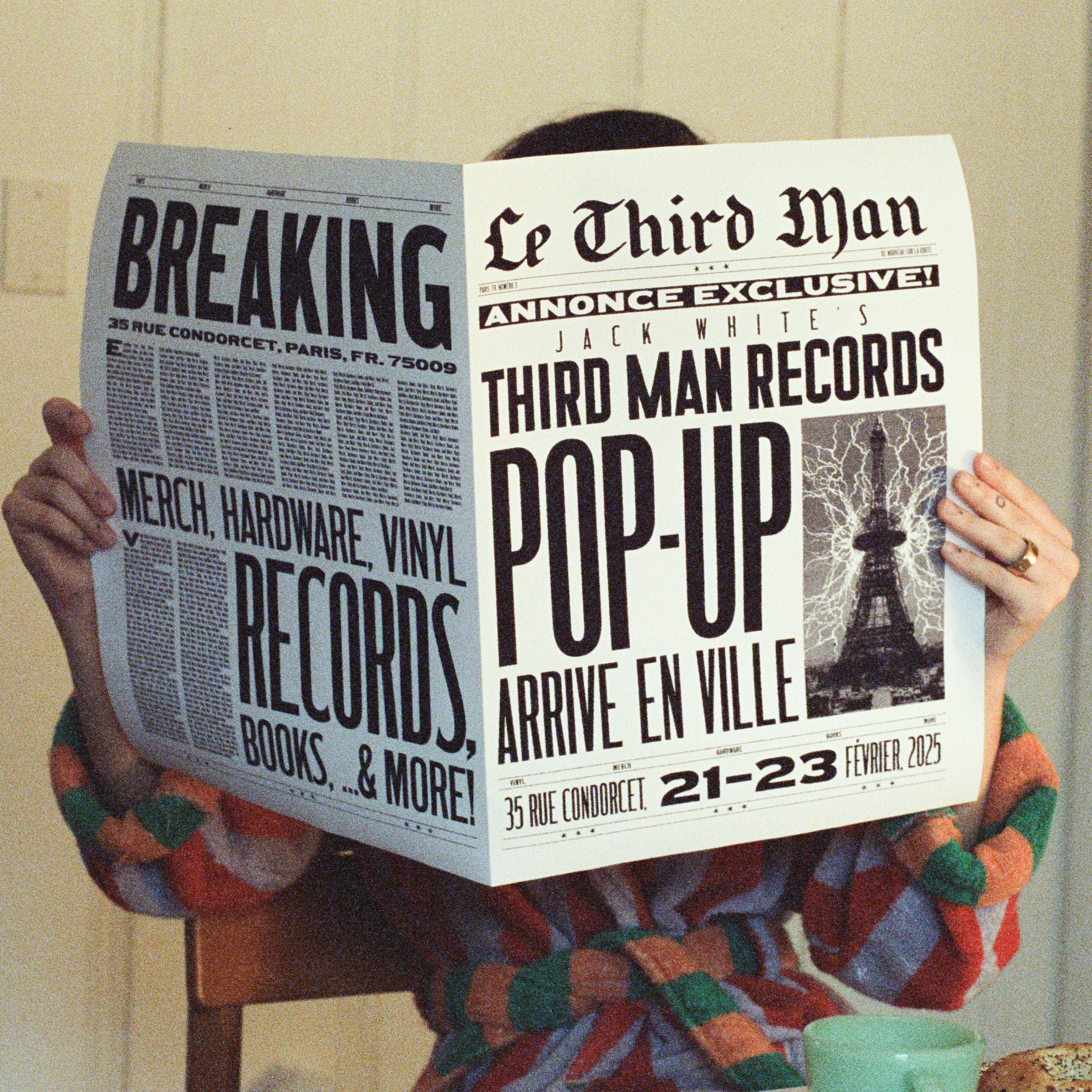 Jack White's Third Man Records opens a Paris pop-up
Jack White's Third Man Records opens a Paris pop-upJack White's immaculately-branded record store will set up shop in the 9th arrondissement this weekend
-
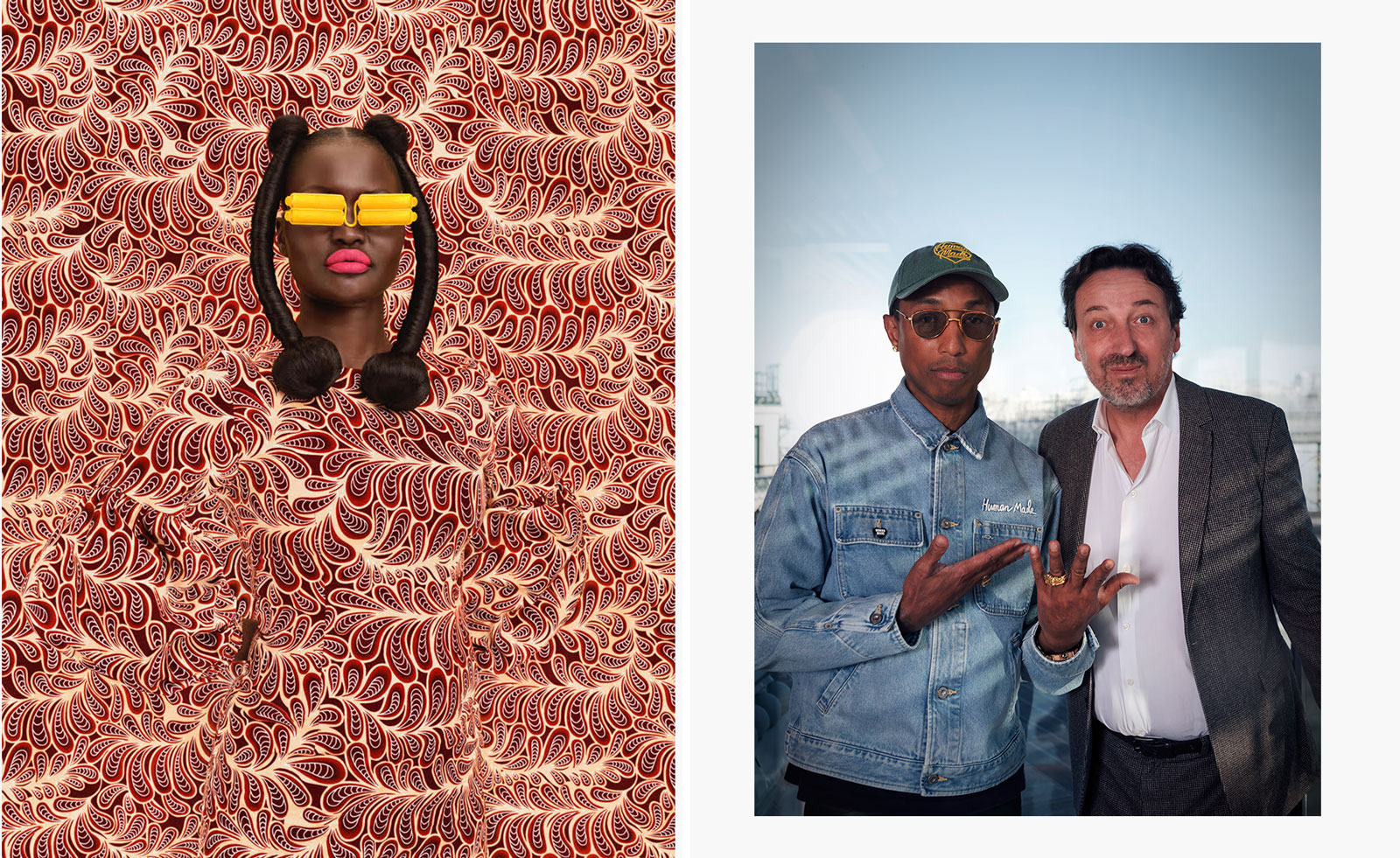 ‘The Black woman endures a gravity unlike any other’: Pharrell Williams explores diverse interpretations of femininity in Paris
‘The Black woman endures a gravity unlike any other’: Pharrell Williams explores diverse interpretations of femininity in ParisPharrell Williams returns to Perrotin gallery in Paris with a new group show which serves as an homage to Black women
-
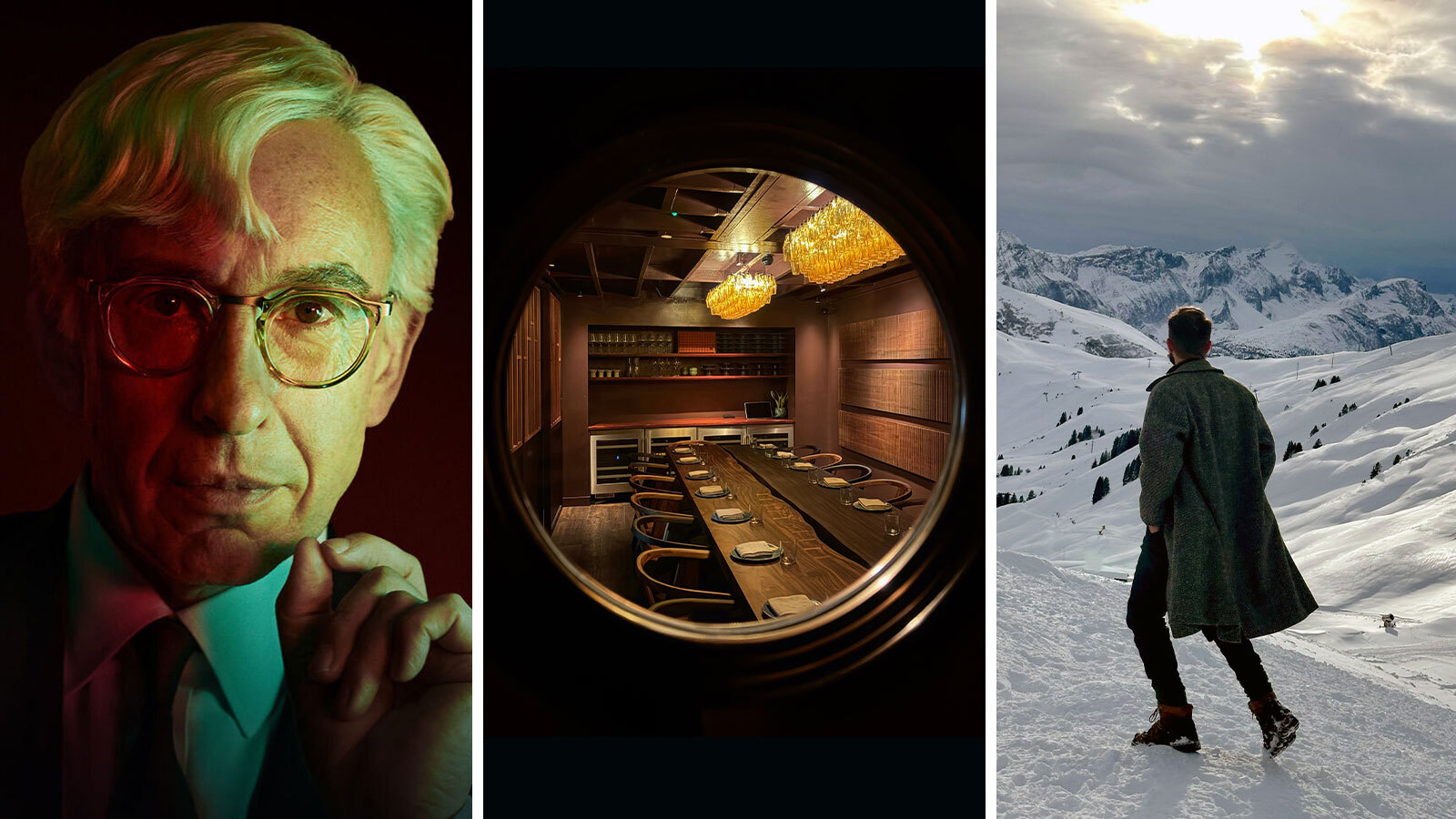 Out of office: what the Wallpaper* editors have been doing this week
Out of office: what the Wallpaper* editors have been doing this weekA snowy Swiss Alpine sleepover, a design book fest in Milan, and a night with Steve Coogan in London – our editors' out-of-hours adventures this week
-
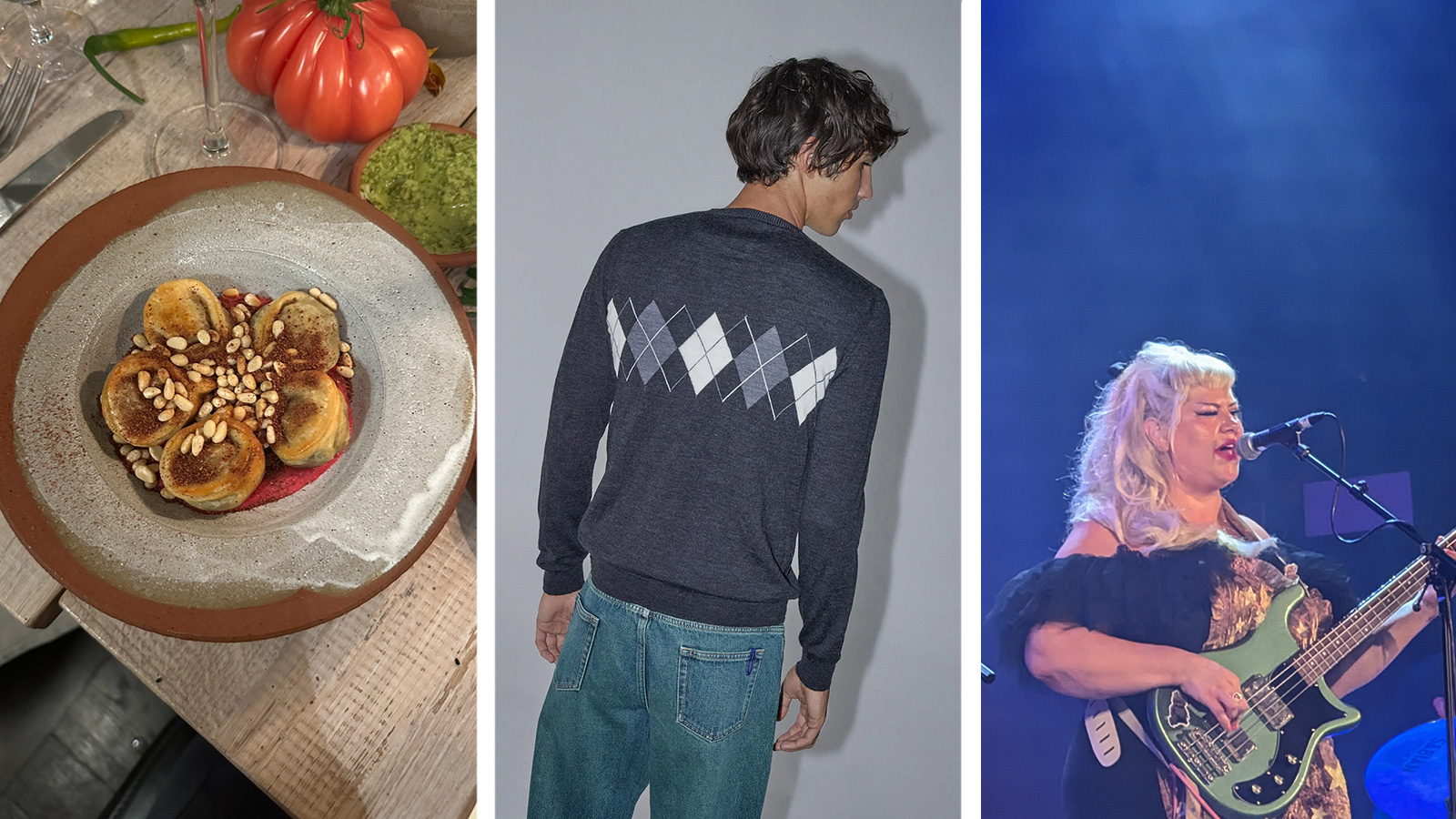 Out of office: what the Wallpaper* editors have been doing this week
Out of office: what the Wallpaper* editors have been doing this weekInvesting in quality knitwear, scouting a very special pair of earrings and dining with strangers are just some of the things keeping the Wallpaper* team occupied this week
-
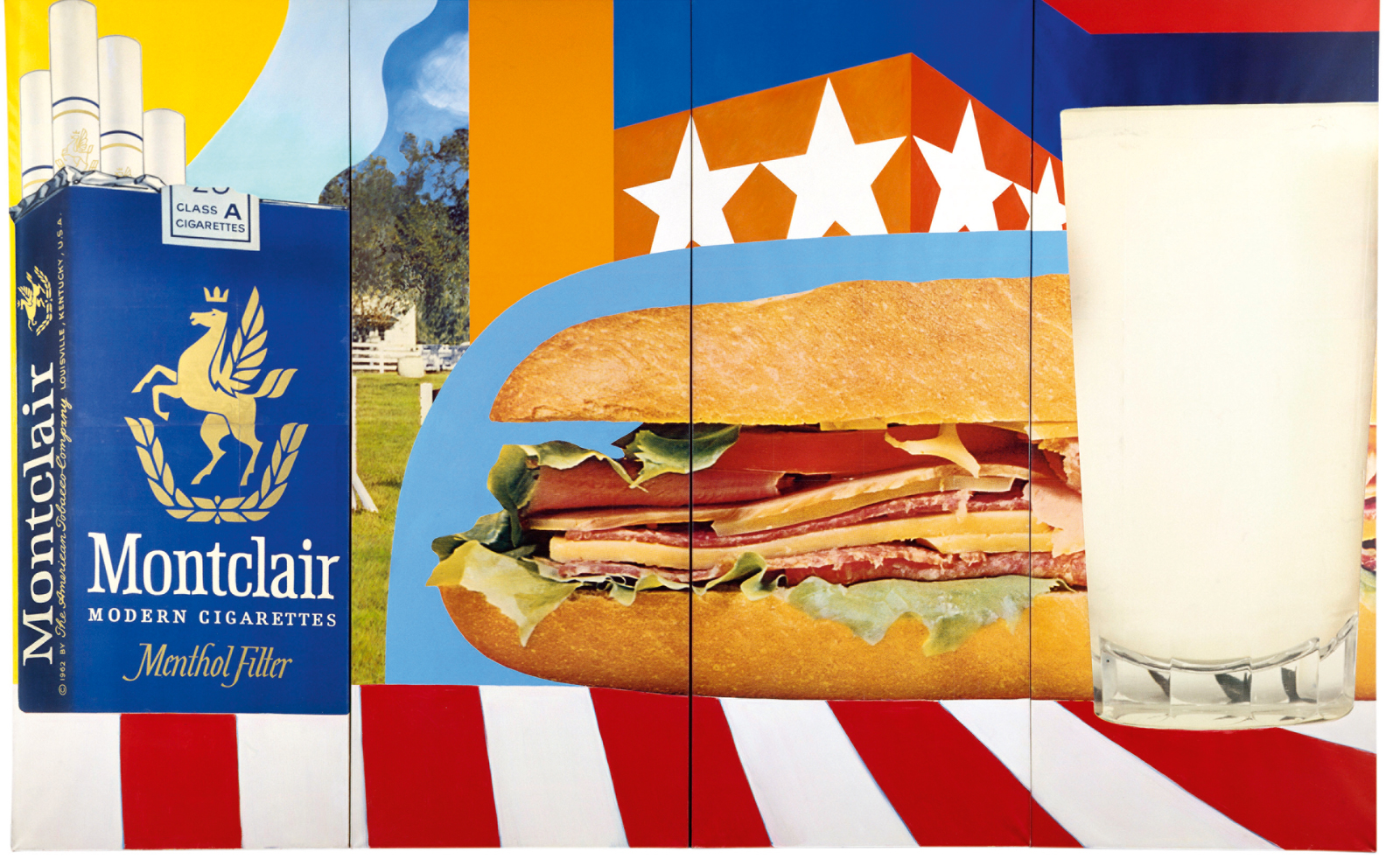 Tom Wesselmann’s enduring influence on pop art goes under the spotlight in Paris
Tom Wesselmann’s enduring influence on pop art goes under the spotlight in Paris‘Pop Forever, Tom Wesselmann &...’ is on view at Fondation Louis Vuitton in Paris until 24 February 2025